Smith’s key to success? Keep shooting
He was chosen in the first BSL Draft, and he’s still standing. Rashad Smith is a dangerous three-point threat for the London Lightning — and he’s growing other parts of his game in his rookie season.
(Photo: Matt Hiscox Photography).
* * *
Rashad Smith was working in security while his basketball future was anything but secure.
Fresh out of university, Smith worked his day job as he stayed in playing shape searching for his first pro contract. Uncertain what his hoops future held, he was still smarting from a shaky senior season at the University of Idaho that saw his team collapse and head coach fired.
“My senior season didn’t go too well. Everything was everywhere,” explained the London Lightning rookie shooting guard. “When I came home after I graduated, I made a couple calls, tried to find an agent, but I couldn’t. I sat at home for a while, and then my mom and I had a talk.”
It was the kind of talk only a mom could deliver.
“She said we gotta do something because I couldn’t just sit around the house all the time. Mom is my right hand. She’s the GOAT. She kept me motivated. She kept telling me I was going to find something, that everything was going to work out, that only time will tell. Because of her, I stayed ready so I didn’t have to get ready when that time came.”
His time came in the form of the BSL Combine and Draft. Friends, family, and BSL execs pointed Smith toward Detroit last November. Even still, he was uncertain.
“Do I go? Don’t I go? I went back and forth on it. But if I went, I knew I was going to be confident and be the best guy I could be on the court. Basically, I showed up and tried to do everything I knew a team would want in a player. I did that to my fullest ability – and it ended up turning out well.”
Smith was among 12 players taken in the inaugural draft, and one of only three who have, so far, found their way to the BSL court this season. Smith (No. 3) emerged along with J.D. Tisdale (initially selected with the No. 1 pick by the KW Titans) and Brandon Beloti (No. 11), both of whom have been key contributors to the Montreal Tundra (and Tisdale now with the Lightning).
Today, Smith has become a dangerous outside threat for the Bolts and one of the league’s top three-point shooters. It’s a role he’s worked toward for years, but also one he knows is just beginning.
(Photo: Matt Hiscox Photography).
* * *
Take a few moments to follow the arc of his shot:
It all started at the Peco Community Centre in Phoenix, Ariz., where coaches took interest in teaching Smith the basics of a shot. “Repetition has really helped me from the start,” he explained. “I wasn’t focused on trying to get everything down right away; there was so much to learn at first. But I tried to get more reps in than anybody.”
At Pima Community College (PCC), Smith dropped into a run-and-gun scheme rooted in exhaustive shooting drills in practice. “I knew I could shoot. But every day, I was working to get better, get better, get better. It turned into something as my percentages went high. That coach built my confidence.”
Under PCC head coach Brian Peabody, Smith thrived for two seasons, including winning a NJCAA Region Championship as a freshman and averaging 18.8 points, 8.3 rebounds, and 5.7 assists per game as a sophomore.
At Grand Canyon University (GCU), Smith played under head coach Bryce Drew, who furthered the burgeoning shooter’s skillset, adding a quicker release. “I became more adept at timing my shots and seeing how much space I needed. He made me look at my jumper from a different perspective.”
Smith played one season at GCU, where his squad won the WAC tournament before falling to No. 2-seeded Iowa in the NCAA Tournament.
At the University of Idaho, Smith found a staff that pushed his game further, including assistant coaches who kept him sharp daily with side competitions. Here, his three-point game truly started to emerge.
As a junior in 2021-22, Smith played in 31 games (starting 26), averaging 10.1 points on 41.8% shooting (105-of-251) from the field overall and 43.9% (58-of-132) from three. He also ranked second on the team with 153 rebounds (5.1 per game).
That kind of sharp shooting placed him among the Big Sky Conference leaders – and that’s when coaches started looking at him differently. He was now A Shooter.
Instead of building on that dawning role the following season, however, his senior year was a mess, littered with unclear and shifting roles for players, and a head coach who was eventually fired at the end of the regular season. Everything was off – including Smith’s stats, which slumped to 4.8 points and 2.9 rebounds per game.
It could have ended there, Smith realizes.
(Photo: Barry Field Photography).
* * *
Has anything changed the game as much as the three-point shot over the last decade? The adoption of the shot clock in the 1950s. The legalization of the slam dunk in the 1970s. Maybe the introduction of high-performance footwear in the 1990s.
You could argue the three-point shot tops them all.
Originating in the college game in the 1940s, the three-point shot exploded in popularity in the 1960s thanks to its use in the ABL and ABA – early competitors of the NBA. It wasn’t until 1979-80 that the NBA adopted the three-point shot – the same year the league welcomed Magic and Bird.
Since then, the three-pointer has become increasingly important in the game, especially over the last decade when players like Steph Curry (and some analytics types in front offices) developed a winning strategy almost exclusively around the shot. Consider that teams went from attempting 2.8 three-point shots per game in 1979-80 to 18.1 per game in 2009-10 to an incredible 35.2 in 2021-22.
Today, the three-point shot is dominant at all levels – including in the BSL.
Heading into Tuesday night (March 5), BSL teams have attempted 2,942 three-point shots during the 2023-24 season, meaning that more than 1 in 3 shots taken in a game have been three-pointers. On average, the league is shooting 34% from beyond the arc.
In London, three-point shooting has been a mixed bag this season.
In terms of raw numbers, the Lightning lead the league in three-pointers attempted (641) and are slightly behind Sudbury (208) in three-pointers made (205). That works out to shooting a league average 32%, good for third in the league behind Newfoundland (39.2%) and Sudbury (37.7).
Individually, Billy White leads the team in three-point percentage at 46.5% (20-for-43). That’s good for third in the league, although it’s a smaller sample than the guards. Smith sits at 10th in the league in terms of percentage (39.1%). His 37-point performance on Feb. 10 in Sudbury featured 10 three-pointers (10-18).
“That game was massive. He’s really coming into his own here, and at the right time,” Lightning head coach Doug Plumb said after that performance.
Since then, however, Smith has seen his opportunities dwindle, playing only 58 minutes over the last five games, scoring only 17 total points, and, more importantly, going only 5-for-21 from three. He played only two minutes in Sunday’s loss to Windsor.
Smith’s recent three-ball fortunes have mirrored those of London’s as a whole. Over the last five games, the Bolts have shot a paltry 28.2% from three, including a staggering 3-for-23 performance – that’s 13% – Sunday at home.
“I’ve been hard on Rashad. With young guys like that, you have to battle test them. You have to know they are going be able to step up for us and be more than just a garbage-minute depth guy. So, when I was hard on him, he could have gone the other way. But instead, he dug his heels in,” said Plumb.
As part of that, Smith continues to put forth a consistent work ethic toward improving his game.
“He comes ready to work every day,” Plumb continued. “A day after a tough game, where he played one minute (on Feb. 4 against Windsor), the next day he went to the gym, and he took 800 threes. He’s been going in on off days, and he’s been taking care of his body and doing the right things. I’m happy for him, for sure.”
Smith will compete in the three-point competition at the BSL’s first all-star weekend in Sudbury March 8-9, 2024. (Photo: Barry Field Photography).
* * *
You may have stopped at that number above – 800. That’s not an exaggeration.
As a pro, Smith takes between 500 to 1,000 shots a day, all types of game shots that he might see at some point. His pre-game routine is only slightly rigorous, as it still involves hundreds of shots.
“You get a lot of time to warm up. So, I might as well get my shots up,” he laughed.
Before each game, Smith sets out five spots from which to work on the court. Starting near the rim, he shoots 20 form shots, just to get the flow and motion down, and then steps back to midrange looking to make 10 in a row, and then to three where he cannot move from a spot until he makes five in a row.
The routine keeps a sense of pressure on him – before the real pressure of the game begins.
“For me, shooting is all about form and repetition. I’ve had a lot of coaches tell me about a lot of different things about my shot, and most of it has helped me develop into what I do now. Sometimes you take it in, and you use it. Sometimes you don’t. You know your shot; you know your shot better than anybody else.”
During the flow of the game, check out his footwork. Picked up from JUCO, he is deliberate in how he plants his feet. One foot back. Stay low. Locked and loaded. Keep his arm ready.
“I’m going to be ready to shoot. A lot of credit goes to my teammates; they hit me in the right spot.”
He stays ready to shoot, as he knows the team is counting on him to come through from three as one of its few consistent weapons from deep this season. Toward that end, the Lightning coaching staff has been challenging Smith, as well.
“Coach (Plumb) pushes that into my head – every time you touch the ball, look to shoot it. Shoot the ball. Shoot the ball. Shoot the ball,” Smith said.
He continued, “The coaches say I’m going to miss 100% of the shots I don’t take. They’re trying to build that confidence in me. I haven’t always been a shooter – I just shot it – but I love doing what I need to do for this team. If I need to be a shooter, then I’ll put the work in and make sure every shot goes in. I’m starting to build my career and just trying to win.”
* * *
Smith has played at a high level in JUCO and D1, so he is familiar with the work that goes into individual and team success. While the schemes may be more complex, and the competition a little more experienced at the pro level, he doesn’t feel out of place in a league dominated by veteran talent.
“The type of play I have been taught – the tenacity, the mindset – has carried over to where I'm at now. It’s similar, but with plenty of little wrinkles. That’s why it helps to have a lot of vets on this team. They walk me through things. They help me see basketball and life in a whole different way.”
Billy White. Jeremiah Mordi. Freddie McSwain. These are the guys he’s watched to learn a bit about becoming the pro he wants to be.
“They know things. They won championships before. They know stuff. So, me taking that in is important. I am surrounded by these older guys’ experience, so why wouldn’t I just take it all in?”
Smith has set lofty goals for the season: Lead the league in 3-point percentage. Earn a rookie of the year nod. Win a championship.
Smith also knows there will be days when the shots don’t fall. That’s life as A Shooter. But when that happens, he has a plan that involves doing whatever it takes to keep him on the court.
“Threes. That’s my job on this team, but if they aren’t falling, or the defense is focused on me, I need to contribute in another way. I try to play defense really hard. Get rebounds. Get steals. Make the right pass to the right place. And shoot. Even though I’m not making shots, I still need to keep shooting.”








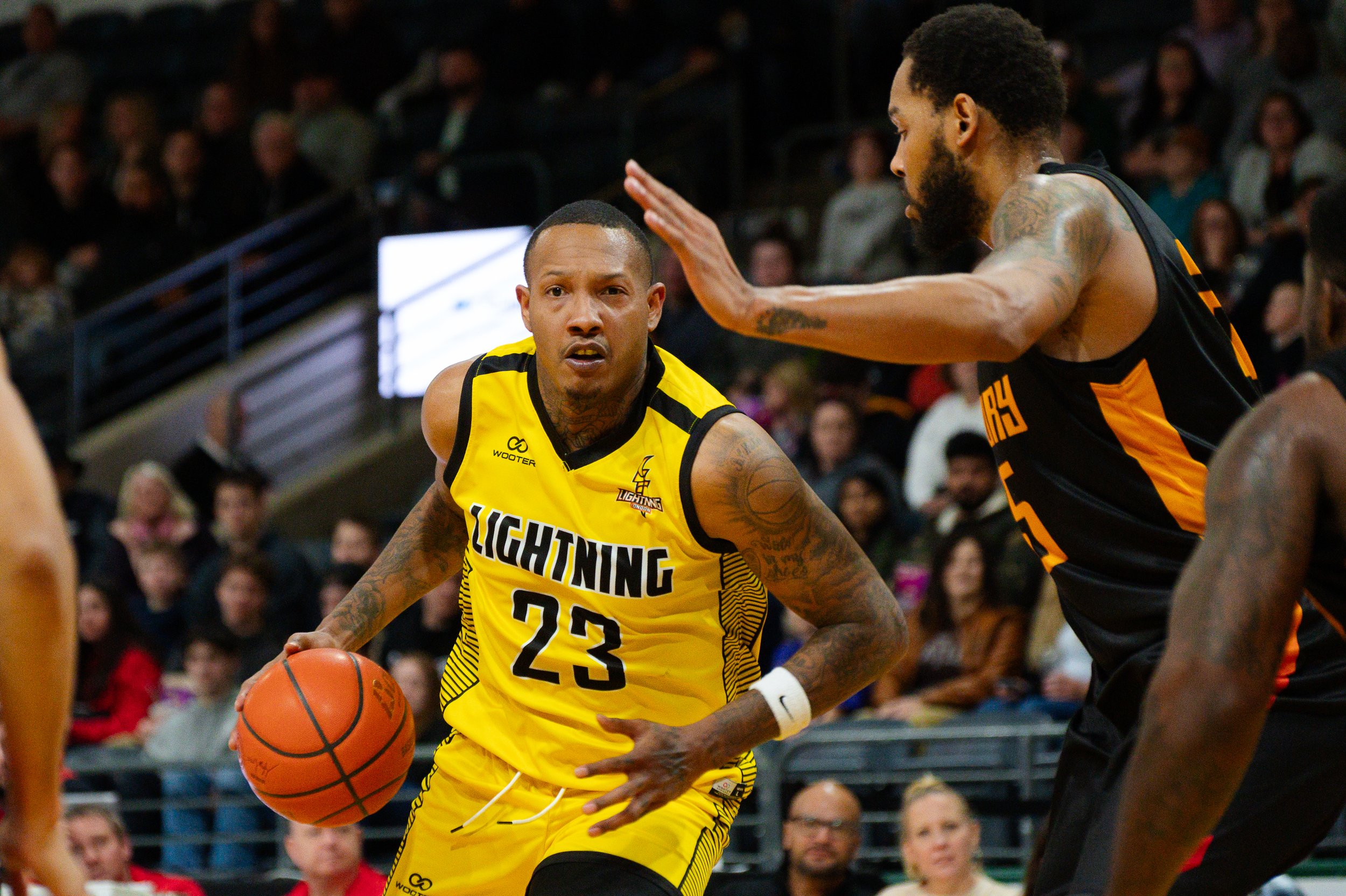
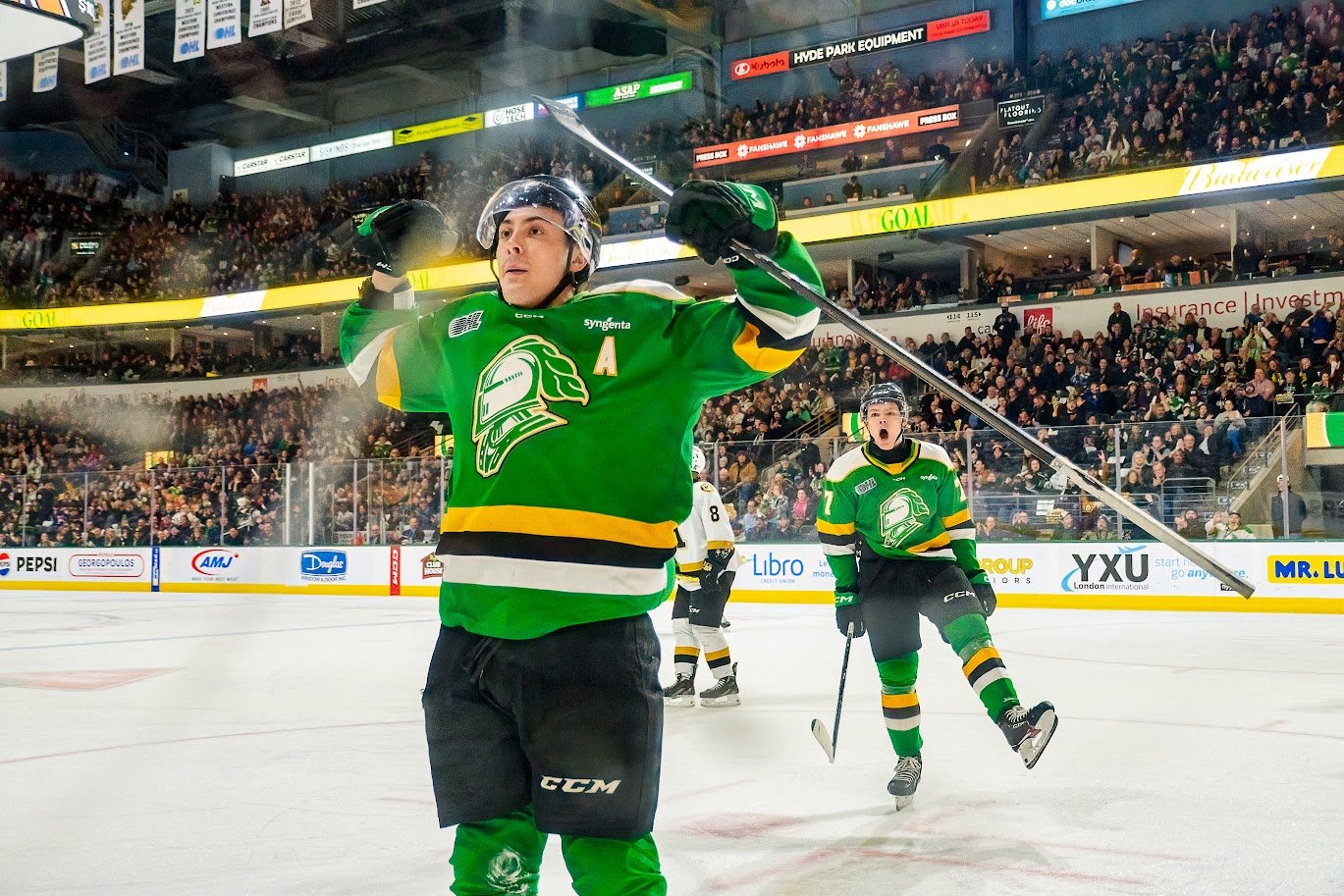
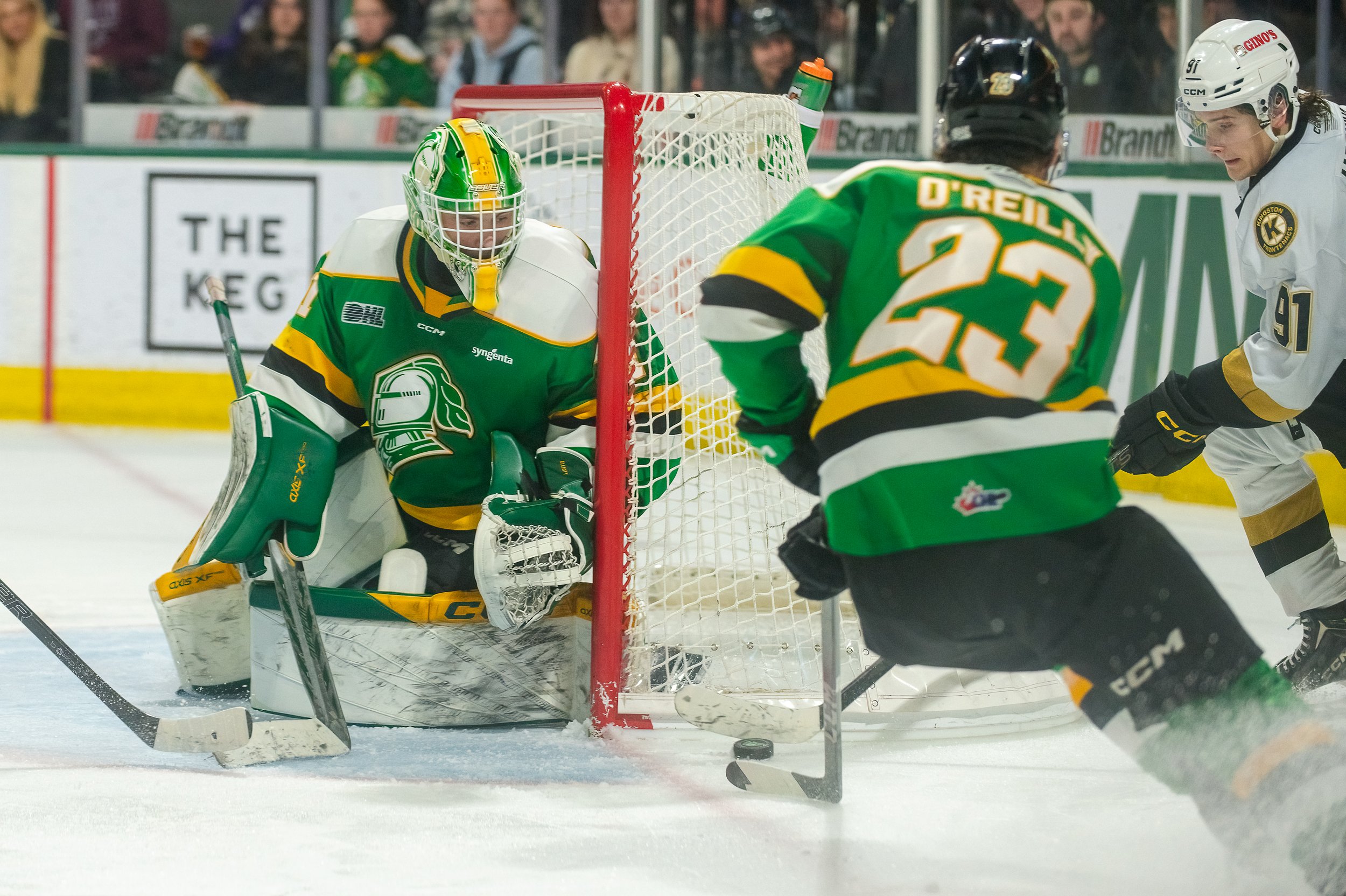
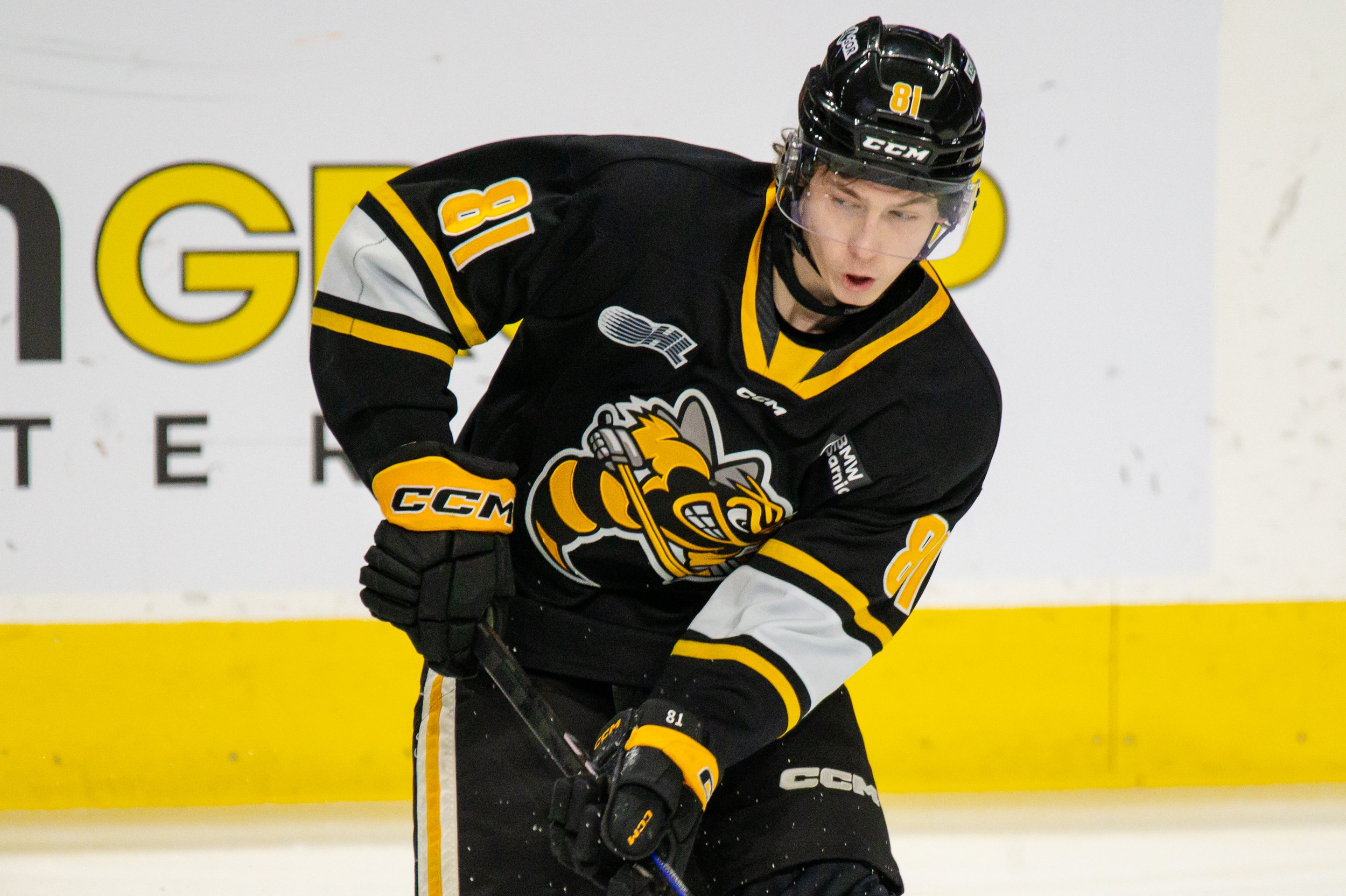

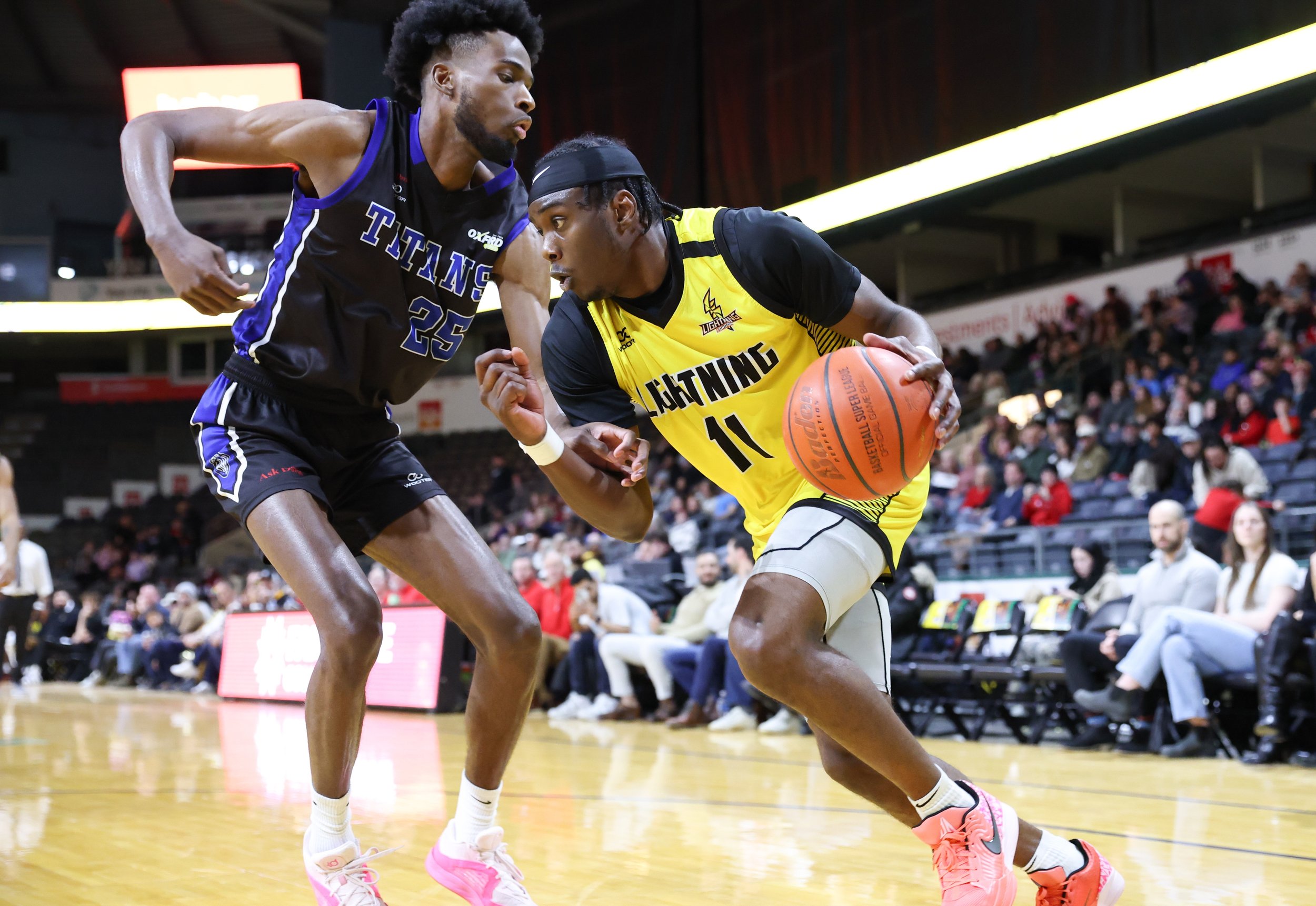


Around the Perimeter: London set for one-game playoff in New York. Winner moves on to semi; Coach Williams believes he’s found the right mix; Can Lightning conquer the Jackals’ den? …